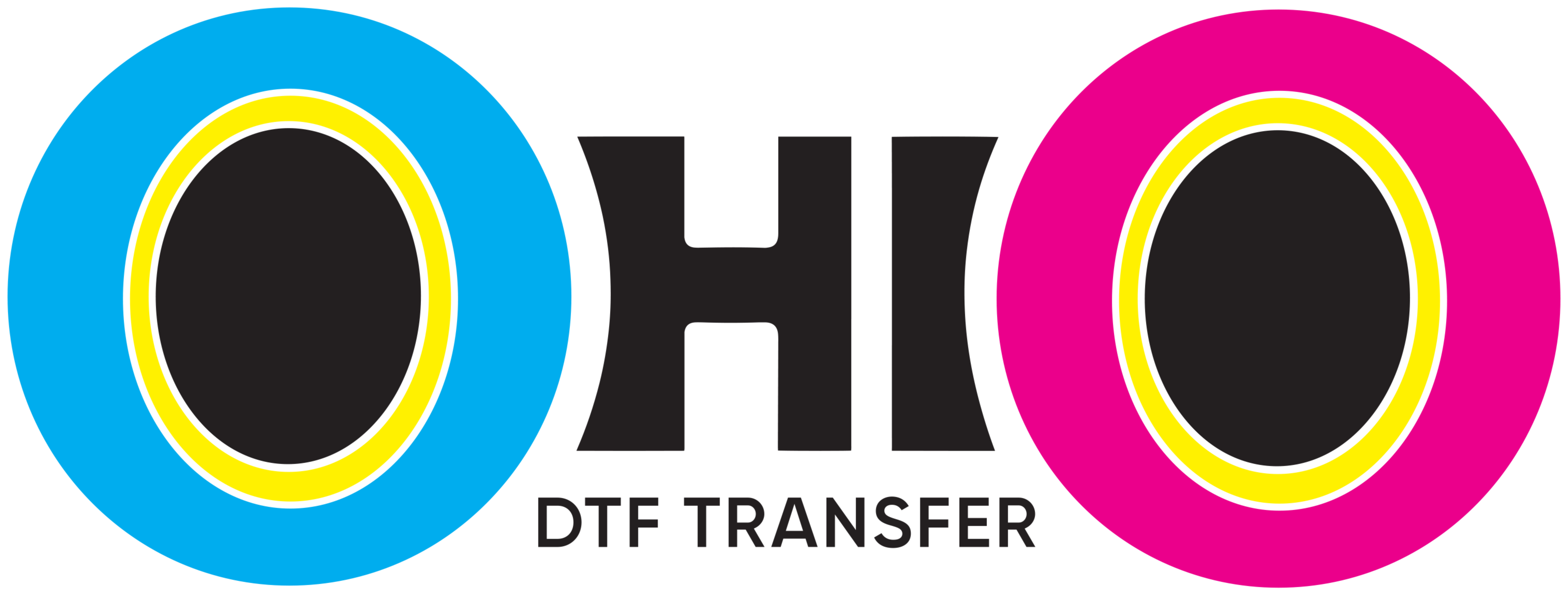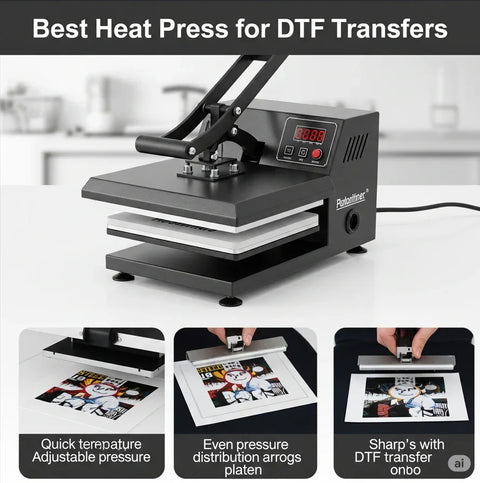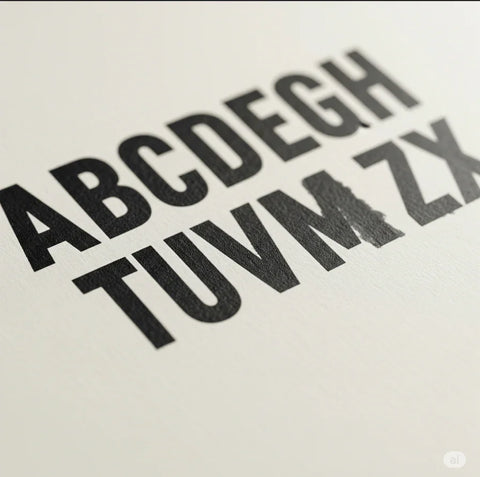How to Build A Gang Sheet: A Complete Guide
Creating a gang sheet is an essential part of DTF printing. A gang sheet allows you to efficiently print multiple designs on a single sheet, saving time and material costs. If you’re in the custom printing business, mastering this technique can significantly improve productivity and reduce waste. This guide will walk you through the process of building a gang sheet and how it can benefit your printing business.
What is a Gang Sheet?
A gang sheet is a large sheet that contains multiple smaller designs arranged together for printing. This technique is commonly used in DTF printing, as it allows you to print several designs on a single sheet of film, reducing both material and printing costs. By efficiently using the entire sheet, you maximize the number of prints you can produce, helping you save time and money in the long run.
Why Build A Gang Sheet?
There are several advantages to building a gang sheet:
-
Cost Efficiency: Printing multiple designs on one sheet means you use less material. This reduces the cost per transfer, which is especially beneficial when you're working on bulk orders.
-
Time Saving: Instead of printing each design individually, gang sheets allow you to print several at once. This improves efficiency and speeds up your workflow.
-
Better Utilization of Space: Gang sheets maximize the space available on each transfer film. This ensures that you use the entire sheet and reduce waste, which can be especially important for small businesses looking to cut down on material costs.
-
Simplifies Production: With a gang sheet, you can organize your designs and create a streamlined process. It eliminates the need to reconfigure your printer for each design, saving you time and effort.
Key Steps to Build A Gang Sheet
Building a Build A Gang Sheet involves several key steps. Let’s break down the process:
-
Prepare Your Designs:
Start by creating or collecting the designs you want to print. It’s essential that all designs are in the correct format and resolution for printing. Typically, high-resolution PNG files with transparent backgrounds work best for DTF printing. -
Choose the Right Software:
To build a gang sheet, you’ll need design software that allows you to manipulate multiple files. Software like Adobe Illustrator, Photoshop, or specialized DTF software like CADlink can be used to position and organize the designs on the sheet. -
Arrange the Designs:
Open your software and start arranging the designs on the canvas. The key is to maximize the use of the sheet by placing the designs as closely together as possible without overlapping. Be sure to leave some space between the designs to avoid misprints. -
Optimize Design Placement:
While arranging, ensure that the designs are properly spaced. This will prevent the ink from bleeding or smearing during the transfer process. Also, consider rotating some designs or adjusting their size to fit into available spaces more efficiently. -
Consider Alignment and Margins:
It’s important to align your designs properly so that they will transfer evenly. Use guides or grids within your software to ensure consistent spacing between the designs. Proper alignment ensures that the prints on each design will be centered on the fabric. -
Export the Gang Sheet:
Once your designs are positioned correctly, export the file in a format that your DTF printer supports, typically PNG or TIFF. Make sure the file is set to the right dimensions to fit your printer’s capabilities. -
Print the Gang Sheet:
Finally, load the gang sheet file into your DTF printer and begin printing. Ensure that your printer is set up correctly for optimal results. You may need to adjust the printer settings depending on the material and type of ink you’re using.
Tips for Building A Gang Sheet
-
Use High-Quality Images:
The quality of your gang sheet depends on the resolution of the images. Always use high-resolution files to ensure your prints come out clear and crisp. -
Test Print First:
Before committing to a large batch, do a test print on a small piece of film. This helps ensure the designs are aligned and that the print quality is up to standard. -
Organize by Similar Designs:
If you have multiple variations of the same design, group them together on the gang sheet. This helps maintain consistency and saves time during the production process. -
Use Software Templates:
Many design programs offer templates specifically for creating gang sheets. These templates can help guide you in placing the designs properly on the sheet for maximum efficiency. -
Consider Color Groups:
If your designs have similar colors, place them near each other to avoid any issues with color misalignment or bleed.
How Gang Sheets Benefit Your Business
Building a Build A Gang Sheet can benefit your business in several ways:
-
Reduced Costs: Since you're using less material and ink for each print, gang sheets lower your overall production costs. This can make a huge difference for small businesses looking to save on resources.
-
Increased Productivity: Printing multiple designs at once speeds up the overall production time. Faster turnaround times allow you to process more orders, which can improve your bottom line.
-
Environmental Benefits: By reducing waste and utilizing every inch of your transfer film, gang sheets contribute to a more sustainable printing process.
-
Better Customer Experience: Faster production times mean you can offer quicker delivery to your customers. Plus, the high-quality results will keep your clients coming back for more.
Conclusion: Building A Gang Sheet for Your Business
Building a Build A Gang Sheet is an effective way to increase the efficiency and cost-effectiveness of your DTF printing process. It allows you to print multiple designs on a single sheet, saving both time and materials. By following the steps outlined above, you can master the art of gang sheet creation and improve your workflow. Whether you're working on bulk orders or custom designs, gang sheets are a valuable tool for any small business in the printing industry.
Start incorporating gang sheets into your production process today and see the benefits in terms of cost savings, productivity, and customer satisfaction. With the right approach, you can streamline your operations and take your custom printing business to the next level.





